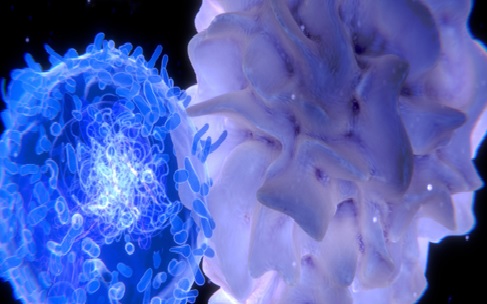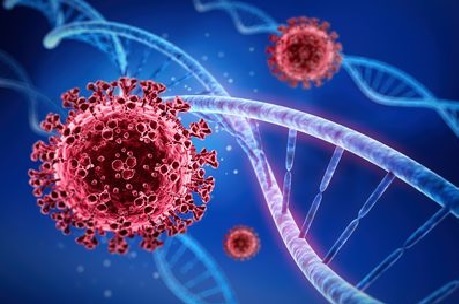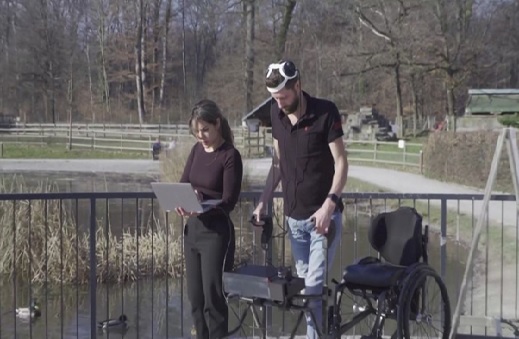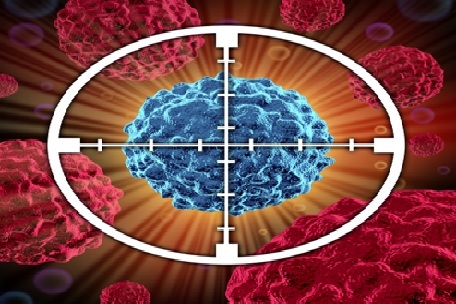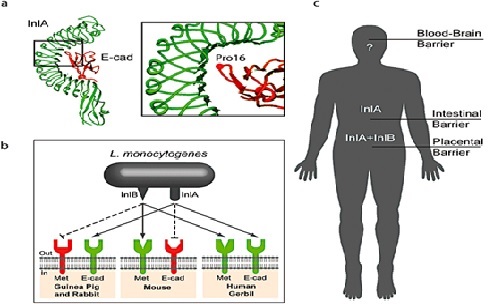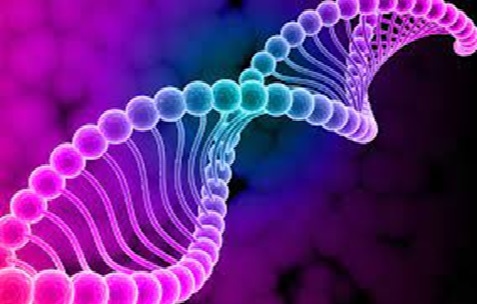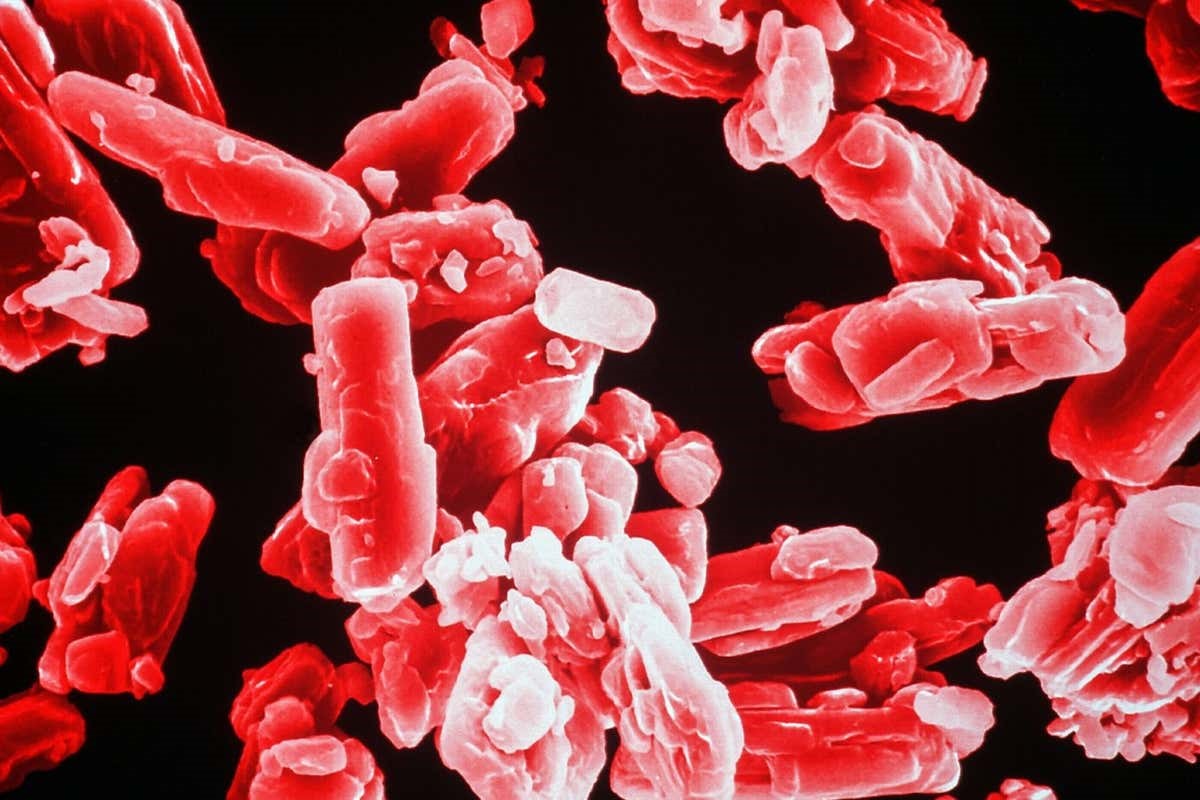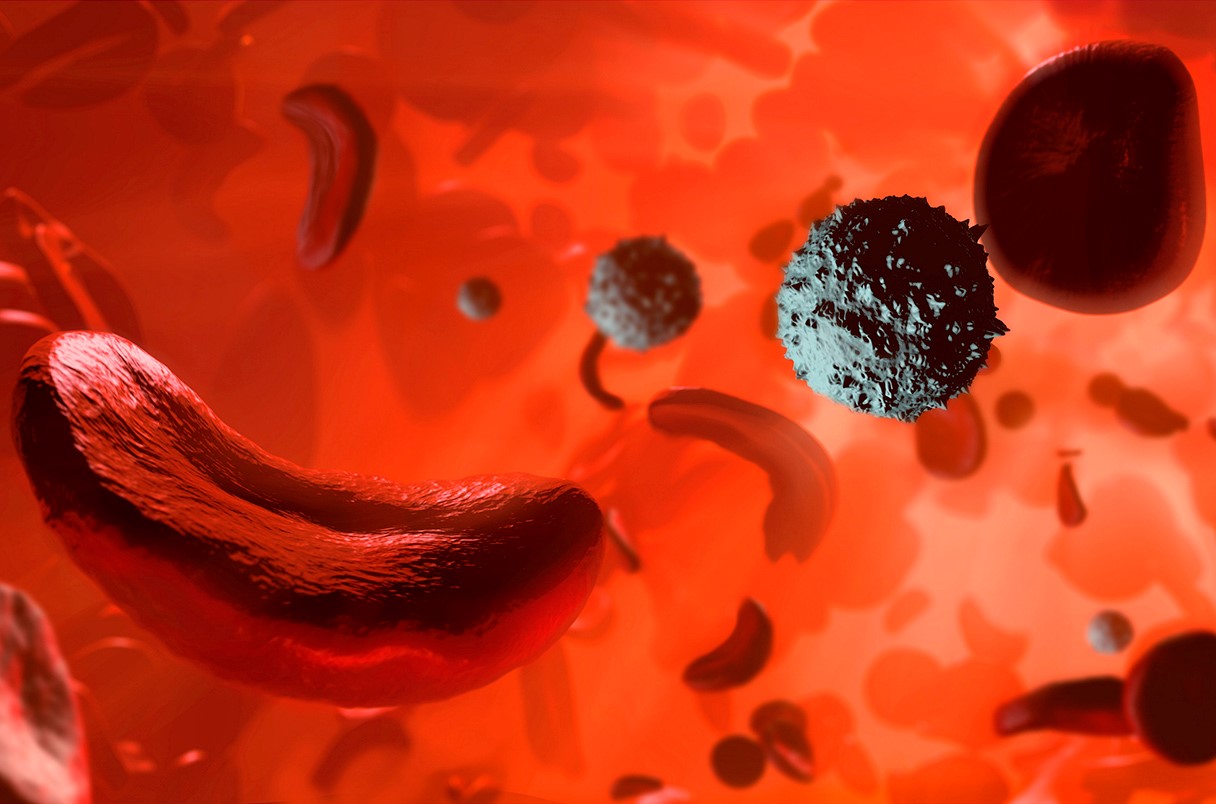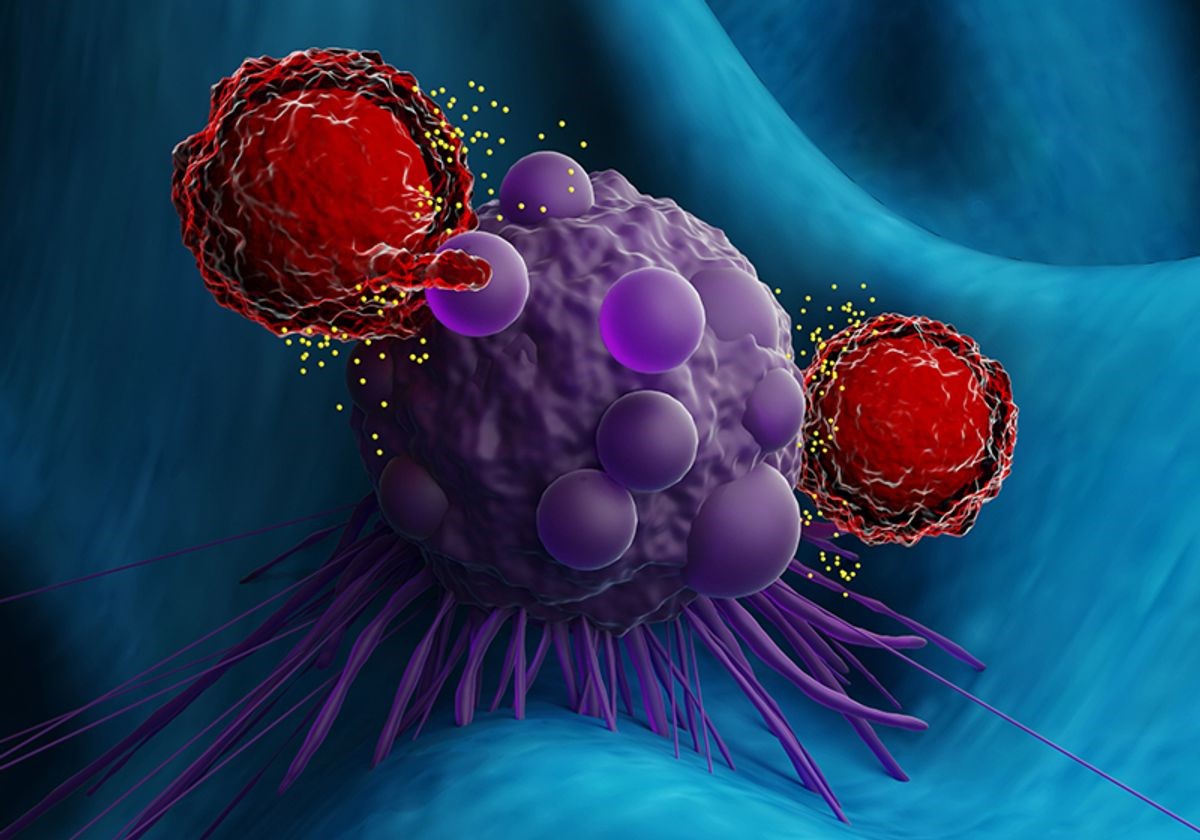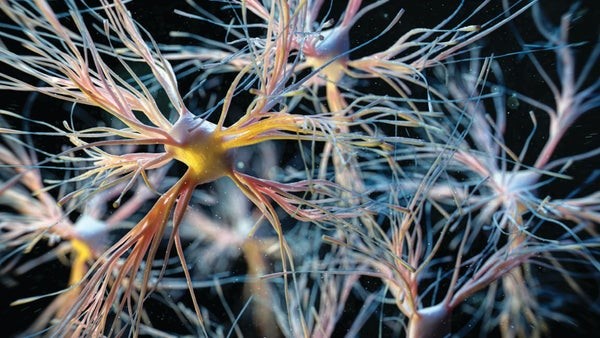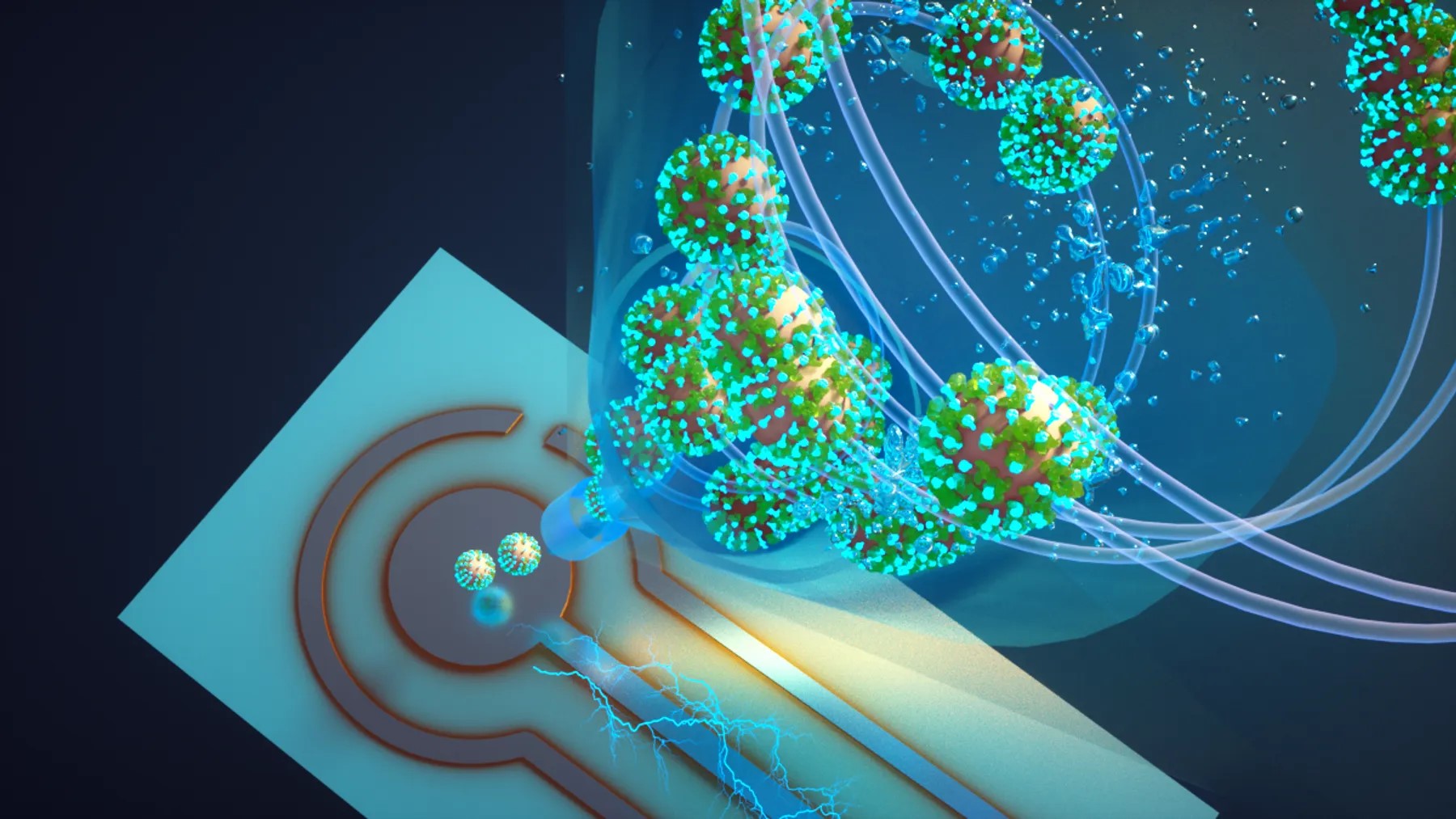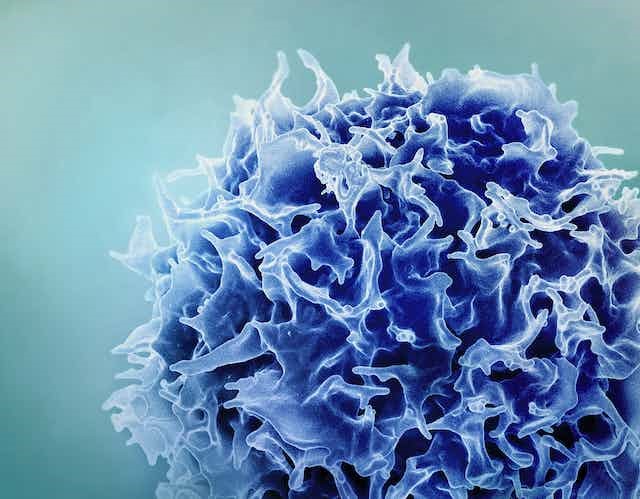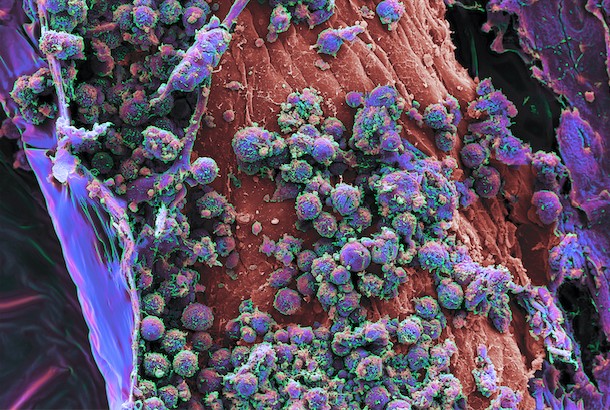Move Over, Proteins! Exploring Lipids in Adaptive Immunity
Recent research has unveiled a plethora of lipid antigens that could potentially be recognized by adaptive immune T cells. While the immune system traditionally relies on the scrutiny of proteins to distinguish between self and foreign entities, a parallel mechanism involves cells presenting lipids to T cells through a protein called cluster of differentiation 1 (CD1). Despite the known existence of lipid antigens, the majority of immunology research has predominantly focused on protein antigens, leaving much to unravel about the interplay of CD1 and lipids.
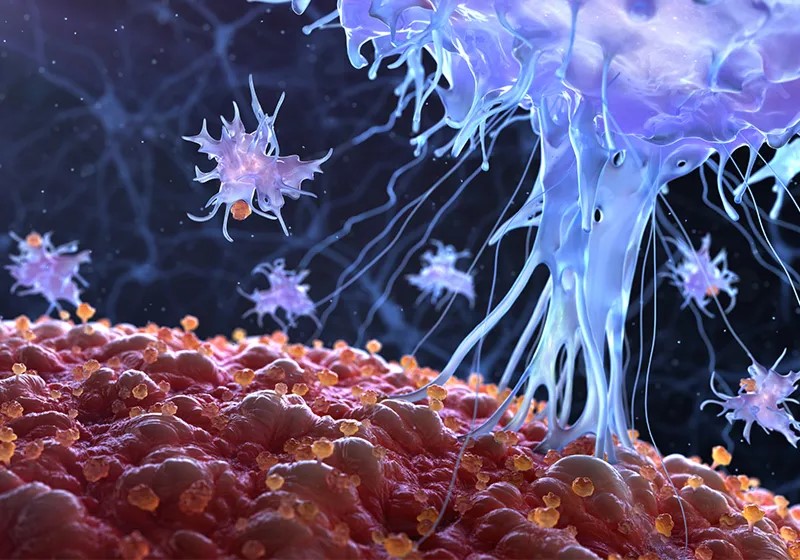
Figure 1.Adaptive Immunity's Exploration of Lipids: Moving Past Proteins
Adaptive Immunity's Exploration of Lipids: Moving Past Proteins In a comprehensive 14-year study, a team of immunologists delved into the characterization of CD1. Their findings, published in the journal Cell, demonstrate that CD1 has the capacity to accommodate hundreds of lipids for presentation to T cells. This sheds light on a previously understudied aspect of the immune system, emphasizing the need for a more nuanced understanding of the role played by CD1 and lipids in immune responses.
"We've never had such an in-depth map of the CD1 lipidome available," remarked Patricia Barral, an immunologist at King's College London not involved in the study. This comprehensive understanding opens the door to exploring various lipid types that could act as activators or inhibitors, potentially influencing T cell responses in different contexts.
For over 40 years, immunologists have predominantly focused on how T cells react to peptide antigens rather than lipids, notes Branch Moody, an immunologist at Harvard University and coauthor of the study. The preference for proteins may be attributed to the ease of deducing a protein's amino acid sequence from the gene sequence, unlike the more complex structures of lipids. Past studies often concentrated on individual CD1 types, making it challenging to draw meaningful comparisons within the ensemble of four variants (CD1a to CD1d). The current study, however, brings all four proteins together, allowing for a nuanced understanding of the distinct patterns associated with each isoform, as explained by Shouxiong Huang, coauthor and immunologist at the University of Cincinnati.
In their exploration of lipids binding naturally to CD1, the research team innovatively avoided the use of a detergent that typically dissolves cell membranes. Instead, they opted to delete the membrane region and create a secreted form of CD1. This novel approach ensures the preservation of loaded lipids, providing a more accurate representation of the CD1-lipid interactions.
Subsequently, the researchers harvested the lipids loaded onto CD1 and utilized high-performance liquid chromatography to separate them based on their passage through a vertical column under pressure. This separation depended on the lipid's structure, with some swiftly passing through the column while others adhered more firmly, causing a delayed passage. The team then fragmented each lipid and subjected it to mass spectrometry to determine the mass and charge of each fragment. This comprehensive analysis enabled the researchers to reconstruct the structure and identity of each lipid, resulting in an extensive list of lipids with potential influences on T cells.
While only a limited number of lipids binding to CD1 were previously known, the new lipidomic analysis significantly expanded this count to over 1600. Additionally, more than half of these lipids were found to be shared among all four CD1 types, suggesting a potential enhancement of T cell immunosurveillance capabilities through this overlap, according to Barral.
The study revealed that different CD1 varieties exhibited preferences for loading specific lipids based on chain length. For instance, CD1a favored shorter chains (38 to 40 carbons) compared to CD1d (42 to 46 carbons). CD1b, in particular, stood out as it preferred short lipids with a chain length of 30 to 38 carbons, despite having a groove large enough to accommodate twice that size. The researchers proposed that the CD1b groove could potentially hold two short lipids simultaneously. The resolution of the crystal structure of the CD1b-lipid complex supported this hypothesis, indicating that two lipids occupied the upper and lower chambers of the groove. This finding suggested that only the upper lipid made contact with the T cell receptors (TCR), while the lower lipid potentially served as a molecular support for the upper one, remaining in place during the exchange of short lipids in the upper chamber. Moody and his team's understanding of CD1b's preference for shorter lipids sheds light on earlier observations regarding the ease of loading and presenting short-chain lipids compared to their long-chain counterparts.
In contrast to proteins, which are trimmed into distinct peptide fragments before presentation to T cell receptors (TCR), the loaded lipids did not undergo detectable processing. This lack of processing is expected, given that lipid chains consist of many repeating units that would lose distinctiveness if trimmed down. Additionally, lipids are challenging for cells to digest due to the stability of chemically saturated hydrocarbons. Moody explained, "A chemically saturated hydrocarbon is extraordinarily stable. You can boil them in acid, and they'll be just fine."
The identified lipid antigens originate from human cells and likely play a role in training T cells to differentiate between the body's own lipids and those of infectious microbes. Moody suggested that some of these lipids may also influence immune responses in conditions such as autoimmune diseases or cancer. Alternatively, certain lipids may not have an immune role but instead act as placeholders in the hydrophobic groove, awaiting the loading of a lipid antigen. While some frequently loaded lipids might include placeholders like derivatives of sphingomyelin and phosphatidylcholine, the absence of a dominant lipid suggests a diverse array filling the groove.
Looking ahead, the researchers aim to use their lipidomic strategy to investigate how cells present microbial lipids to T cells during infections. While CD1 is known to load a few microbial lipids, lipidomic analysis holds the potential to reveal a broader spectrum. The therapeutic potential of targeting CD1 is also under consideration, with researchers actively seeking molecules that can block CD1 from presenting lipids to T cells, thereby tempering immune responses. Barral supports this approach, highlighting the limited variability of CD1 receptors in humans, making them promising targets for therapeutic interventions.
Source:TheScientist
Cite this article:
Janani R (2023), Move Over, Proteins! Exploring Lipids in Adaptive Immunity, AnaTechMaz, pp.206


